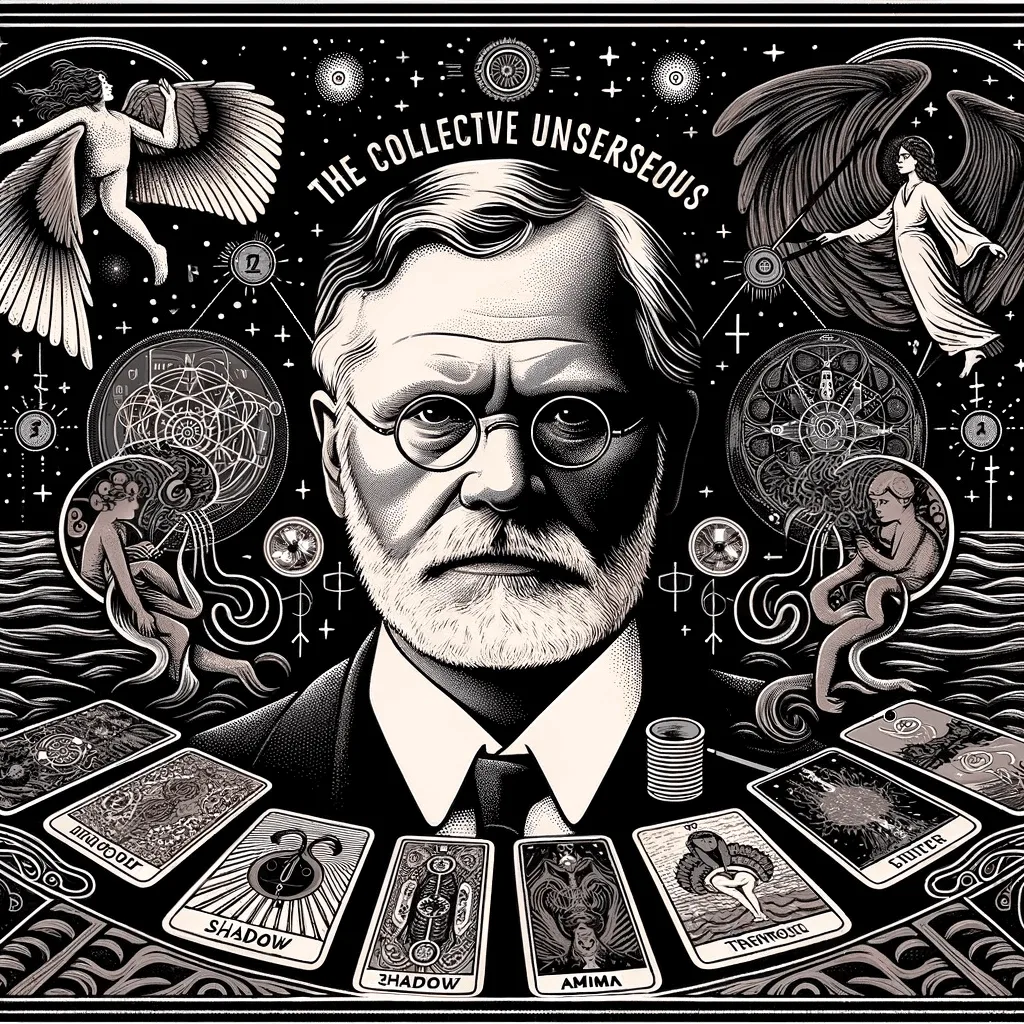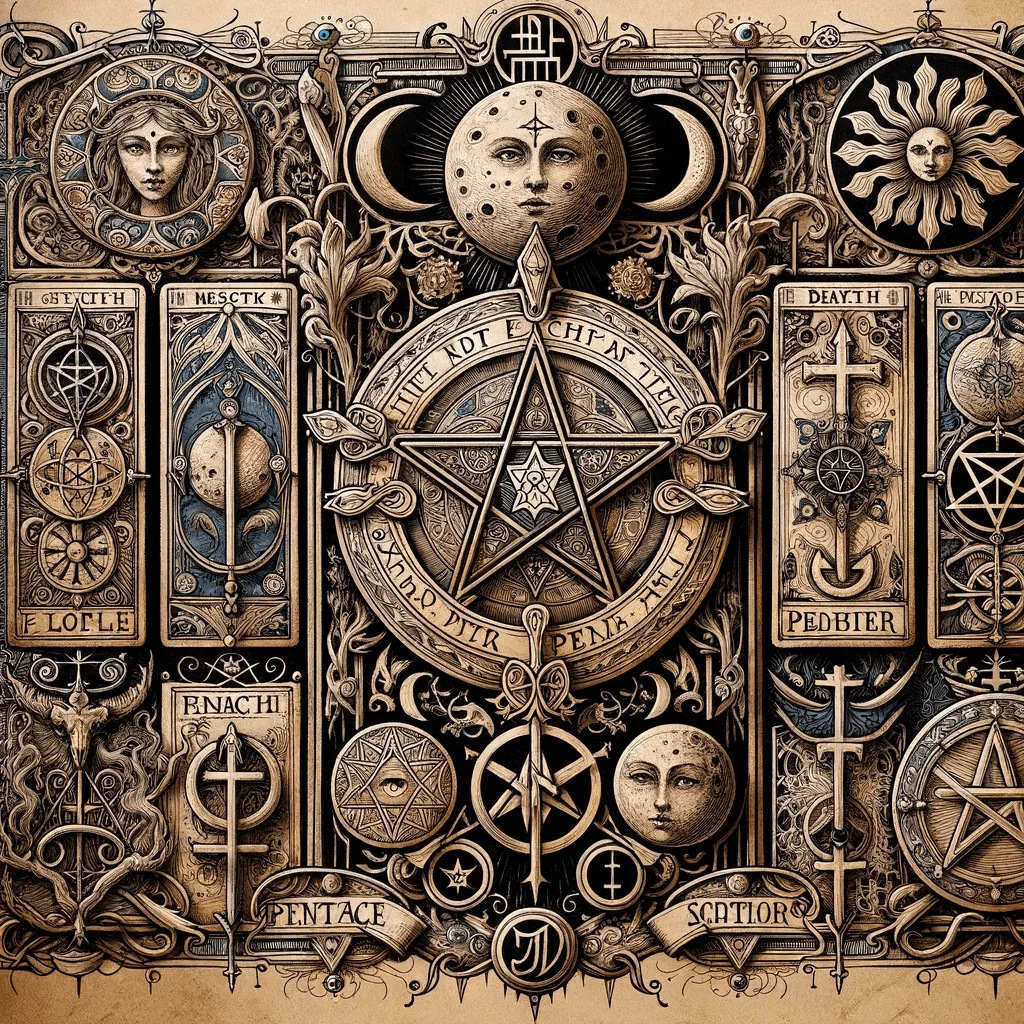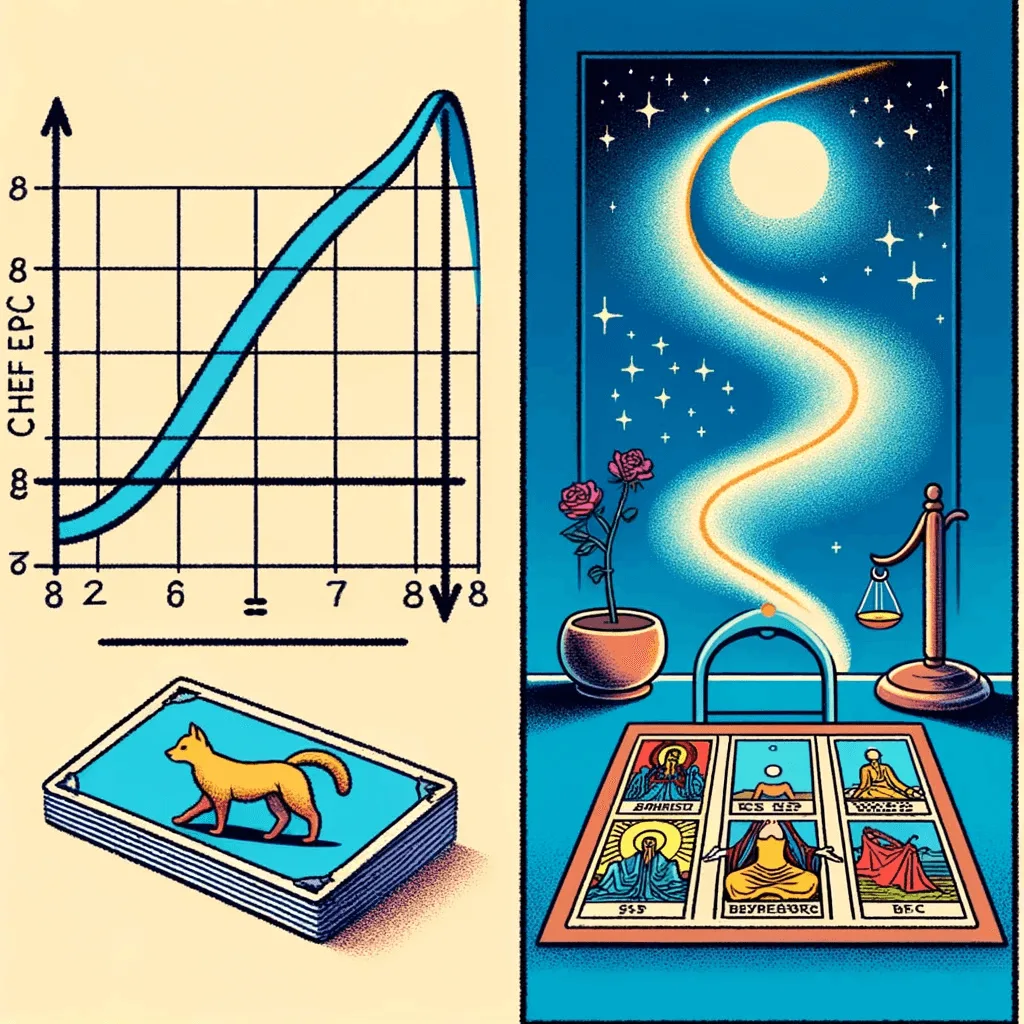
Tarot: Unveiling Paths Through History
Through the veil of antiquity emerges a practice enshrouded in mystery and speculation: tarot reading. This ancient art, lavishly adorned with symbolic illustrations and revered by many, invites us to explore its complex lineage and the question that reverberates through time - Is there a tangible reality within the tarot?
article by Priya Deshmukh
Origins In Obscurity
Although shrouded in mystery, the tarot’s journey can be traced back to the 15th century in various regions of Europe. Originally, tarot cards, not associated with mysticism, served as a leisure activity, an intriguing game for nobility, far removed from the divinatory tool it has transformed into today.

The Turn Towards Mysticism
It was in the 18th century that tarot cards began to intertwine with the esoteric and occult. Notions of symbolism and divinatory association emerged prominently, shaping the cards into a tool for seeking knowledge beyond the mundane, exploring the realms of destiny and spiritual insight.

Tarot & Psychology
With the flourishing of psychological theories in the 20th century, Carl Jung and his contemporaries found parallels between tarot symbols and the archetypes of the collective unconscious. The cards, reflecting universal themes, provided a metaphoric lens through which to explore and comprehend the human psyche.
Skepticism & Rationality
Despite its mystical allure, skepticism towards tarot’s predictive abilities prevails, especially within the scientific community. Critics attribute successful tarot readings to psychological phenomena like the Forer effect, where individuals find vague and general personality descriptions personally meaningful.

Echoes In Popular Culture
Despite skepticism, tarot permeated the cultural zeitgeist, influencing art, cinema, and literature, becoming a symbolic language that resonates with collective notions of fate, mystery, and the unknown, reflecting the eternal human endeavor to comprehend the enigmatic future.
Reality Enshrouded In Mystery
The tarot, from its origins as a recreational card game to its transformation into a symbolic vessel of divination and psychological exploration, meanders through a complex tapestry of belief, skepticism, and cultural symbolism. Its reality, perhaps, is manifold, residing in the realms of personal belief, symbolic resonance, and the entwining of historical practices with modern perspectives.
Published: 10/30/2023
Modified: 10/30/2023
More predictions
Come back here soon to learn more about yourself and your future


Royal Arcana: The Sovereign Tale Of Tarot
For generations, the art of tarot, deeply enmeshed with astrology and mysticism, has clandestinely guided decisions behind the lofty walls of palaces. Our tale unfolds with Lady Elara, a renowned tarot reader, who, with her celestial knowledge and earthly wisdom, became an unseen yet pivotal player in the royal tapestry.


Delving Into The Truth Of Tarot
In a cosy, mystically adorned room, two seasoned tarot readers, Lillian and Marcus, find themselves steeped in a fervent discussion about the truth and intricacies of tarot, sharing experiences, beliefs, and healthy skepticism from their years within the craft.


Mysterious Astrological Tapestry
In the celestial theater of astrology, where each planet and celestial point has its unique narrative and influence, there lies a shadowy, enigmatic figure - Black Moon Lilith. Often shrouded in mystery and misinterpretation, Lilith weaves a complex web of dark feminine energy and transformative power in the astrological discourse.